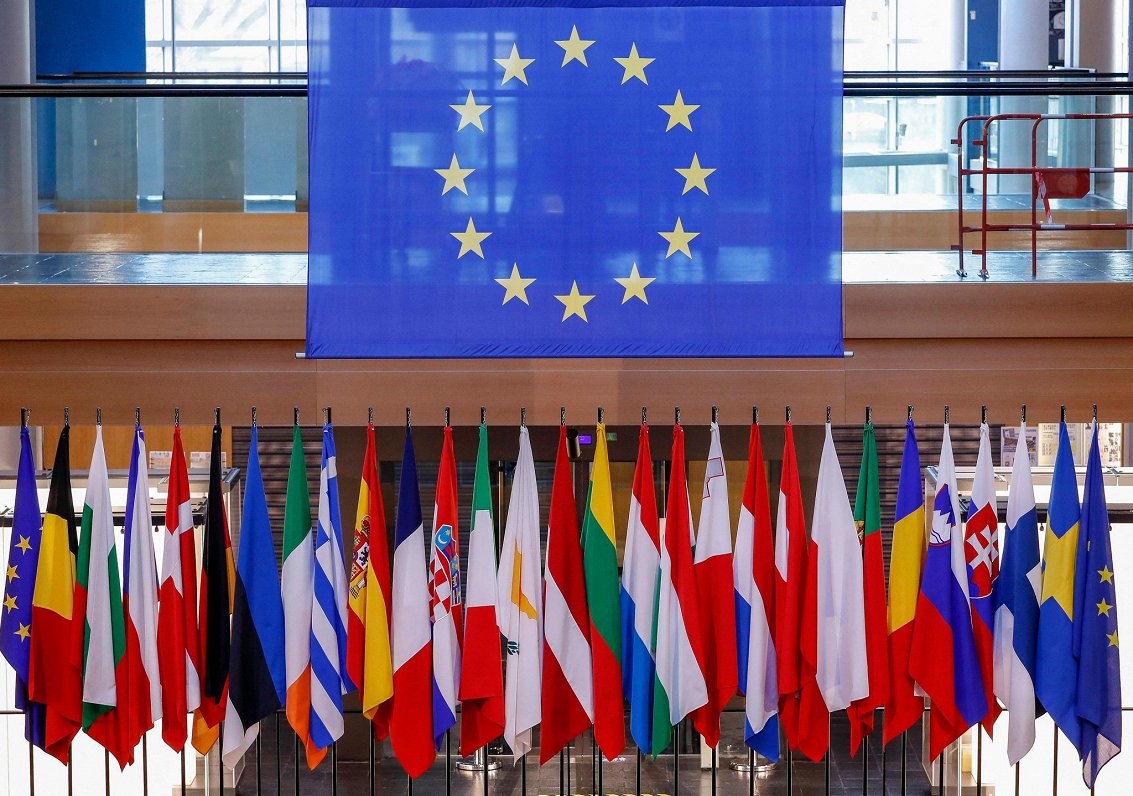In real terms, the EU’s GDP in 2020 was 7.6% higher than its level a decade ago. However, real GDP was 5.9% lower than its level in 2019; it was the first drop in EU GDP since 2009, when GDP declined by 4.3% compared with 2008.
The decrease in economic activity and consequently in GDP is consistent with the restrictions implemented in 2020 to slow down the spread of COVID-19.
In 2020, slightly more than a quarter of the EU’s GDP was generated by Germany (25.1%), followed by France (17.2%) and Italy (12.3%), ahead of Spain (8.4%) and the Netherlands (6.0%).
At the opposite end of the scale, Latvia was among ten EU Member States who contributed less than 1% to the EU’s total GDP: Malta (which had the lowest share of EU GDP at 0.1%), Estonia, Cyprus and Latvia (all 0.2%, around 30 billion euros each), Croatia, Lithuania and Slovenia (all 0.4%), Bulgaria and Luxembourg (both 0.5%), and Slovakia (0.7%).
When comparing the GDP of 2019 and 2020 in the EU Member States, Spain took the biggest hit (-10.8%), followed by Greece (-9.0%), Italy (-8.9%), Portugal (-8.4%), Malta (-8.2%), Croatia (-8.1%) and France (-7.9%). The only EU country that registered an increase in GDP in 2020 was Ireland (+5.9%).






























